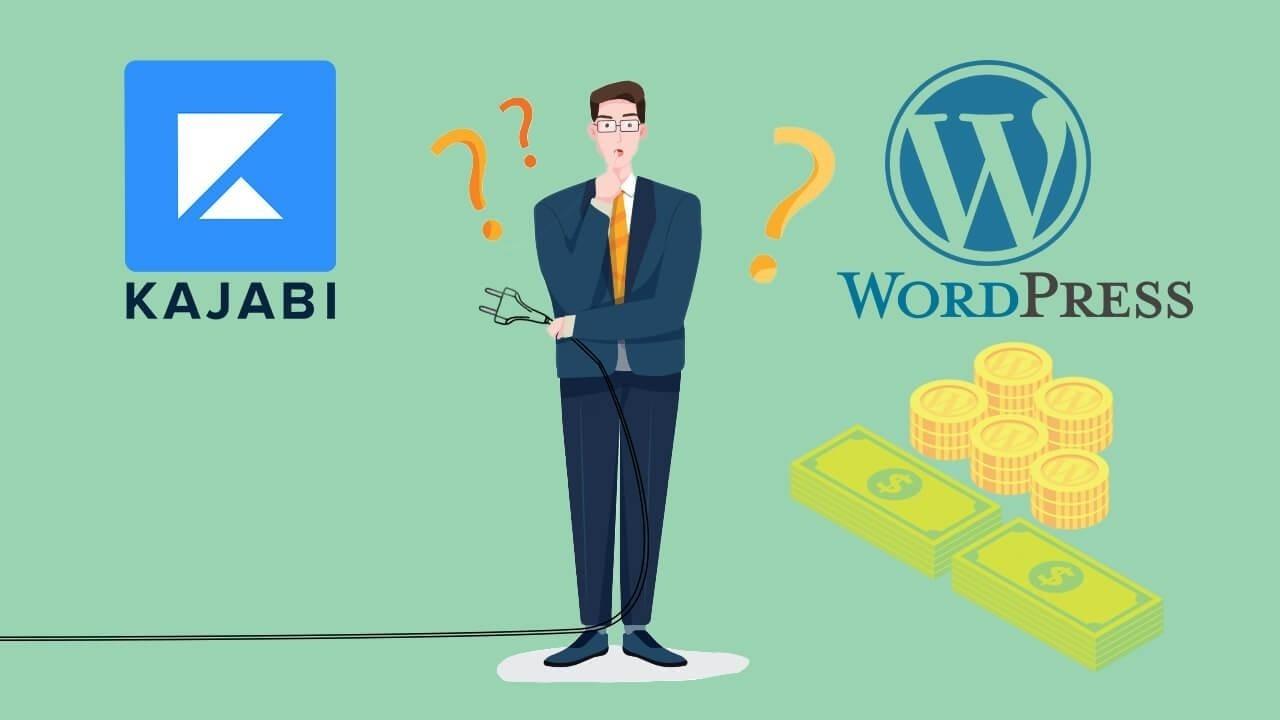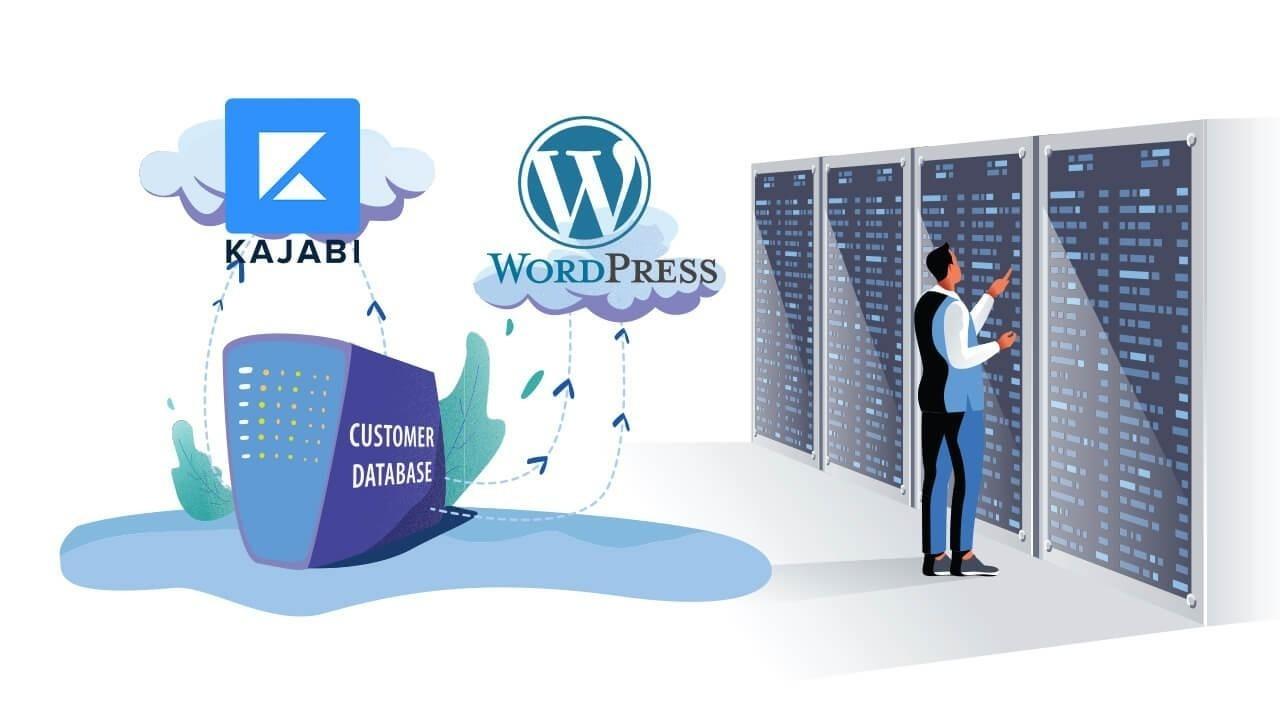Two-Year Review: 2022 Kia Niro Plug-in Hybrid - Is It Worth It?
Two-Year Review: 2022 Kia Niro Plug-in Hybrid - Is It Worth It?
If you're considering a plug-in hybrid, this two-year review of the 2022 Kia Niro Plug-in Hybrid (PHEV) offers valuable insights. As someone who also owns a RAV4 Prime, I'm sharing my real-world experiences, highlighting both the pros and cons.
What I Like About It
- Excellent Fuel Efficiency: Expect 40-50 mpg on longer journeys and approximately 24 miles of all-electric range. My lifetime mileage is a high 153 mpg due to primarily electric driving.
- Smooth Highway Driving: The radar cruise control and steering assist systems work effectively, making highway trips more relaxed.
- Surprisingly Practical: Despite its smaller size, my Niro PHEV can accommodate long items (like a 9'6" surfboard!) and offers a decent amount of cargo space with the rear seats folded.
- Stress-Free Road Trips: Unlike a full EV, the plug-in hybrid eliminates range anxiety, which is a huge plus for me.
What's Not So Great
- Lackluster A...
The Worst Thing About the RAV4Prime - Review After 9500 Miles
After nearly 9,500 miles with my RAV4 Prime, I’ve come to a clear conclusion about the one thing that drives me absolutely nuts about this car. It’s not the way it drives. It’s not the acceleration. It’s not even Toyota’s refusal to make it look sportier.
No… it’s the charging system.
If you're a RAV4 Prime owner with solar panels or a time-of-use electric plan, what I’m about to explain will either validate your frustration—or help you avoid a major headache.
The RAV4 Prime’s Charging Scheduler: A Big Letdown
Toyota gave the RAV4 Prime a plug and a battery, but for some reason decided to pair that with the most inflexible and unreliable charging schedulers I’ve ever used.
You can set specific times for the car to start charging, which is fine in theory. For example, I have it set to begin charging around 11:30 a.m. when my solar production is at its peak. But there are two big problems:
- No end time: You can’t tell it when to stop charging. So if your peak electric r ...
How to Surf Shizunami Surf Stadium – Travel Guide to Japan’s Best Wave Pool
If you’ve ever dreamed of surfing in Japan, the Shizunami Surf Stadium is a hidden gem that rivals — and in many ways beats — the famous Waco surf pool in Texas. In this guide, I’ll show you how surprisingly simple and affordable it is to make the journey, even if you’re traveling internationally.
🗾 How to Get There
From Tokyo, take the Shinkansen to JR Shizuoka and hop on a local bus to the stadium. New to Japan? Just go to a green window ticket counter for help — super simple, even with luggage or boards.
🧳 Bring or Rent Your Gear?
I strongly recommend renting so you don't have to hassle with boards in Japan. I definitely did not want to try to drive in Japan, though I have heard it's totally doable even if you don't read Japanese.
You can consider using Japan’s Kuro Neko (Black Cat) courier service to send your board ahead instead of bringing it on the train.
Or you can just rent a board at the surf stadium. If you rent, here's a pro tip: bring your own fins. T...
The Hidden EV Charging Tax: Is Level 2 Worth It?
The Hidden EV Charging Tax: Is Level 2 Worth It?
If you own an electric vehicle and rely on a standard wall outlet to charge (Level 1), you might be paying a hidden tax without even knowing it. It’s not a government tax—it’s an efficiency tax. And depending on how much you drive and how expensive your electricity is, it could be costing you more than you think.
What Is the EV Efficiency Tax?
When you charge an EV, not all the electricity you pull from your wall actually makes it into your car's battery. Some of it gets lost as heat and resistance in the charging process. And the efficiency of this process depends on whether you’re charging at Level 1 or Level 2.
A study from 2014 looked at the charging efficiency of Nissan Leafs and Chevy Volts and found:
- Level 2 charging: ~89% efficient
- Level 1 charging: ~84% efficient
For shorter charging sessions, the gap widened even more:
- Level 2: ~87%
- Level 1: ~74%
And before you dismiss that as outdated info, newer cars show...
RAV4 Prime After 6,500 Miles: The Plug-In Hybrid That Might Just Beat Your EV
🚗 Why I Went Plug-In Hybrid Instead of Full EV
Let’s start with the obvious question:
Why not just get a full electric vehicle?
I’ve driven Teslas, and honestly—I don’t like them. I don’t enjoy the one-pedal driving, and more importantly, road trips in non-Tesla EVs are still kind of a mess.
Electrify America? Spotty.
ChargePoint? Almost always slow.
It’s just not reliable enough.
With the RAV4 Prime, I avoid all that. I get to drive electric most of the time, and when I hit the road, I’ve got gas backup. No stress.
⚡ Real World Efficiency: EV Range + Gas Mileage
-
EV-only range: ~33–44 miles (depends on driving style)
-
Gas mileage on road trips: ~40 MPG
-
Last time I bought gas? 1,500 miles ago… and it was just a half tank.
We use the car like an EV 90% of the time—school runs, errands, local drives. No need to touch gas.
🏎️ Smooth Ride, Quick Acceleration
This thing moves.
-
0–60 in 5.5 seconds
-
Smooth acceleration—whether
...
The Most Important Principle in Personal Finance (It's not "make more money")
Maximize Freedom, Not Just Income
A key principle of personal finance that many of us were never taught is that success isn’t about maximizing the number of dollars in our bank accounts—it’s about maximizing our freedom. This principle can help you cultivate contentment, maintain your health, protect your sanity, and strengthen your relationships.
The Trade-Off Between Money and Freedom
To earn money, you have to sacrifice time, effort, and energy. If you’re constantly chasing a higher income, you inevitably make trade-offs—often at the expense of your physical and mental health. Many high earners work extreme hours, neglect their personal lives, and wake up years later to find their relationships and health in ruins.
Take, for example, an attorney I once worked with. His job was essentially to push papers for credit card companies, sending out threatening letters to customers with outstanding debts. He looked years older than he actually was, limping through the office like...
Is Having Kids Worth It?
A little over a year ago, my mom passed away. Since then, I’ve been reflecting on life, on the things she tried to teach me, and on one of the biggest questions I never really considered when I was younger: Is having kids worth it?
My mom used to tell me that having children was one of the happiest, most powerful, and most meaningful things she ever did. She said she was grateful to have had my brother and me. And at one point, she said something that, at the time, I thought was absolutely ridiculous:
She told me that before she had kids, she thought she understood what love was. But after having us, she realized she hadn’t truly understood love at all.
I was probably in my late teens or early twenties when she said this, and I remember thinking, Come on. That sounds like a Hallmark card. What does that even mean?
But now, years later, and as a parent myself, I finally understand what she meant. And it’s made me think a lot about whether having kids is really worth it.
The R...
Is Kajabi better than a Wordpress LMS?

When you're starting an online coaching business or looking to sell online courses, you quickly run into a major decision.
Should I use a Wordpress LMS (learner management system) or Kajabi (an all-in-one system that claims to do all the heavy-lifting for you).
As a die-hard Wordpress user for 13 years, I used Wordpress LMS systems like Sensei and Thrive University.
Eventually, I got tired of the headaches of Wordpress and moved from Wordpress to Kajabi. In this video, I'm going to show you how a Wordpress LMS compares with Kajabi. By the end, you'll understand EXACTLY why I think Kajabi is better than Wordpress.
You can also watch directly on YouTube here.
After over a year running my business exclusively on Kajabi, I'm VERY happy to have made the move. If you're ready to try out the simple solution to your Wordpress headaches, please use my affiliate link for a free trial!
Best membership site platform? Kajabi Pricing vs. Wordpress Plugin Hell

Looking into Kajabi pricing? Want to compare Kajabi's prices to a suite of membership tools on Wordpress? You're in the right place.
I used Wordpress and Woocommerce for 5 years before finally giving up on it and moving to Kajabi.
In this post, I'm going to explain why I made the decision to transition from Wordpress to Kajabi, how much Kajabi costs (and whether Kajabi's prices are justified), and why I think moving to Kajabi was one of the best decisions I ever made.
If you prefer a video version of this article, check out this video. If not, keep scrolling down!
Some background on my Wordpress site
I was running a pretty complex Wordpress site.
It had Wordpress, Woocommerce, a learner management system (LMS) called Sensei / Woocommerce Paid Courses, multiple Woocommerce extensions (like Woomembership, Woocommerce Subscriptions, AffiliateWP, Gravity Forms, Smart Offers, AutomateWoo, etc. etc.).
And I had a premium WYSIWYG drag and drop editor that I really like...
Kajabi versus Wordpress Membership Site - Hosting Costs get insane!

I used Wordpress and Woocommerce for many years before finally giving up on Wordpress and moving to Kajabi.
In another Kajabi review, I talked about all the Wordpress plugins I had to run my site AND the actual costs of doing that. In this post, I'm going to talk about the true costs of Wordpress hosting when you’re running a membership site.
If part of your business plan is to have online courses and/or paid membership offerings, you need to understand the real costs of trying to do that on Wordpress now.
This article will save you at least several thousand dollars in the long run and an incredible number of headaches. I promise.
More savings = more better
Wordpress hosting is way cheaper than Kajabi pricing - when you first start
When you first get started with Wordpress, you can start off cheap. Wordpress is free. You can use a free or paid template that won’t cost you that much.
And you can use “shared hosting” which costs you between $5-$10 a month depending on the ho...


